CONCRETE
A series inside a tunnel near the central train station in Sydney, Australia. They are ten large photographs in which the relationship between the organic and the inorganic is explored, in the way nature claims for itself what humans build, between the abstract and the concrete. The material of these photos is concrete, the name by which reinforced concrete is also known. Life emerges where it is least expected; it is the eternal struggle between the drive for life and the drive for death, between progress and decadence, order and chaos, construction and destruction.
These are shots without any digital manipulation, direct captures, in which an effort has been made to preserve the original appearance of these damp stains that emerge from between the cracks in the concrete. I was not interested in dramatising the images through the use of contrast. On the contrary, I owe the plastic quality of the images to the marvellous ability of the water to seep through the cracks, creating beautiful figures.
Once printed, these concrete figures are open to interpretation, as if they were Rorschach sheets, lending themselves to search for night landscapes, maps, or other subjective scenes.
One of the photos, Sydney #1, was awarded with the Gran Premio Adquisición at the 103rd National Visual Arts Salon, Argentina's most important and prestigious art competition.
The awarded image is, in my opinion, the one that best condenses the search, which is why I chose it to participate in the National Salon. It is an apparently simple image, which at first confuses the viewer. Once one becomes familiar with it, one can enter this imaginary landscape, where to me, it suggests a nocturnal desert, with a flash of lightning in the distance. If I were to set this scene to music, it would perhaps be the slow movement (2-molto adagio) from Bela Bartok's Divertimento for String Orchestra that would best suit its spirit.
From the moment I started taking pictures I was drawn to two seemingly unrelated subjects: walls and faces. Many years ago, when I showed Jean-Claude Lemagny (then director of the Photographic Collection of the Bibliothèque Nationale de France) my first serious photographs, he told me my subject in photographs was the search for what these two subjects had in common. These days Clementina Chereguini, a Spanish journalist, wrote a sentence that happily sums up this encounter: "His artist's gaze searches them (the walls), as if they were faces, for the marks of life and turns them into the absolute protagonists of an enigmatic reality".
A brief history of time
Ten direct shots on cotton paper, taken in Sydney, Australia, in 2013. Sincere. Without digital manipulation. They delicately traverse the time-space continuum and show us, once and for all, the secret gears of a perpetual mobile.
Hitters operates a kind of reverse engineering to construct a delicate mechanism of mass perception, which makes us preferential witnesses to an intangible struggle between the organic and the organised, control and chaos.
The images appear calm, almost harmless, describing formal and chromatic paths without stridency or excessive contrasts, as if charged with a latent but unstoppable tension. They assail us in silence every time we contemplate them, they penetrate our memory, microscopically filtering a doubt, at first damp and towards the end increasingly corrosive, which pierces our conscience to question us firmly: are we the organised or the organic ones?
— Andrés Schmisser.

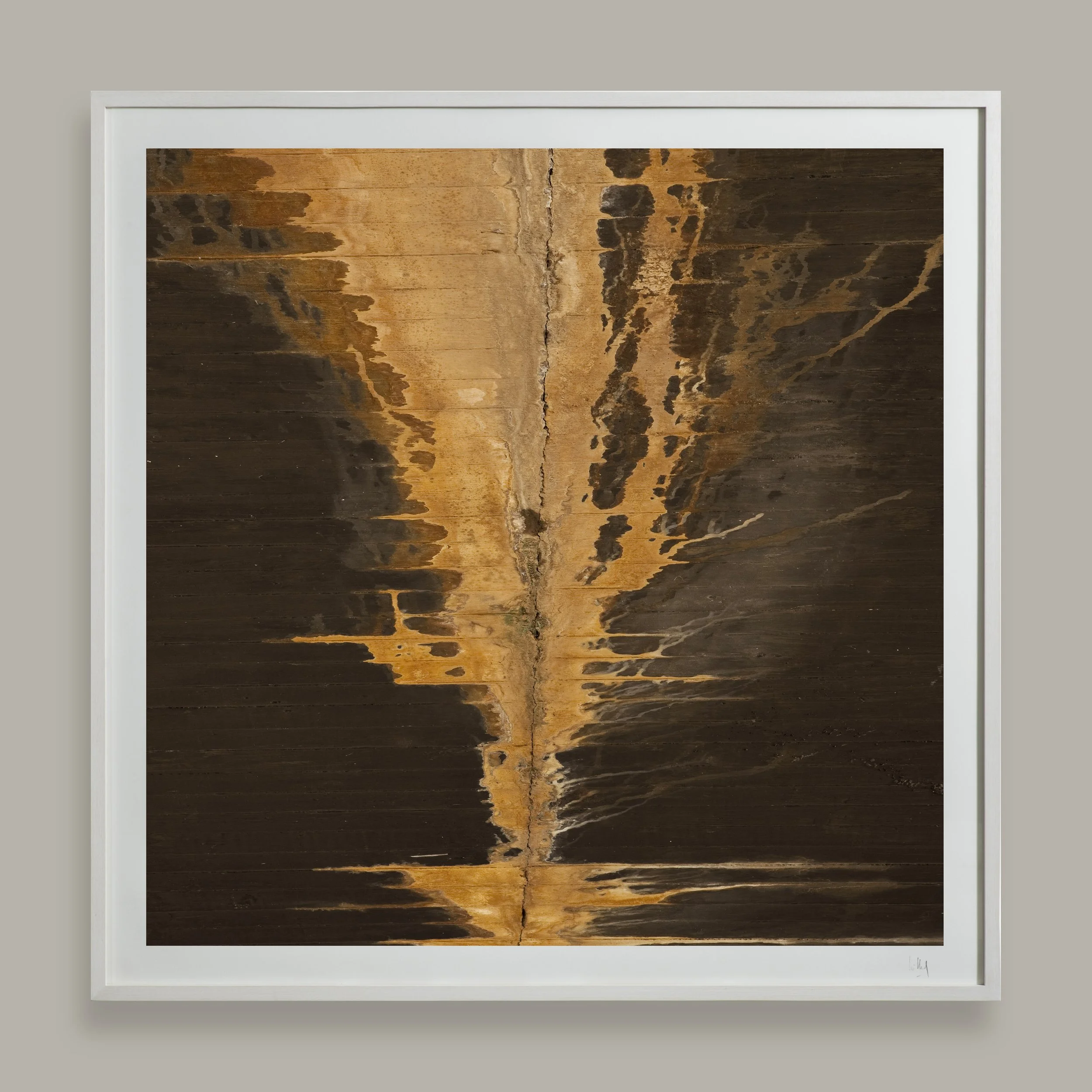
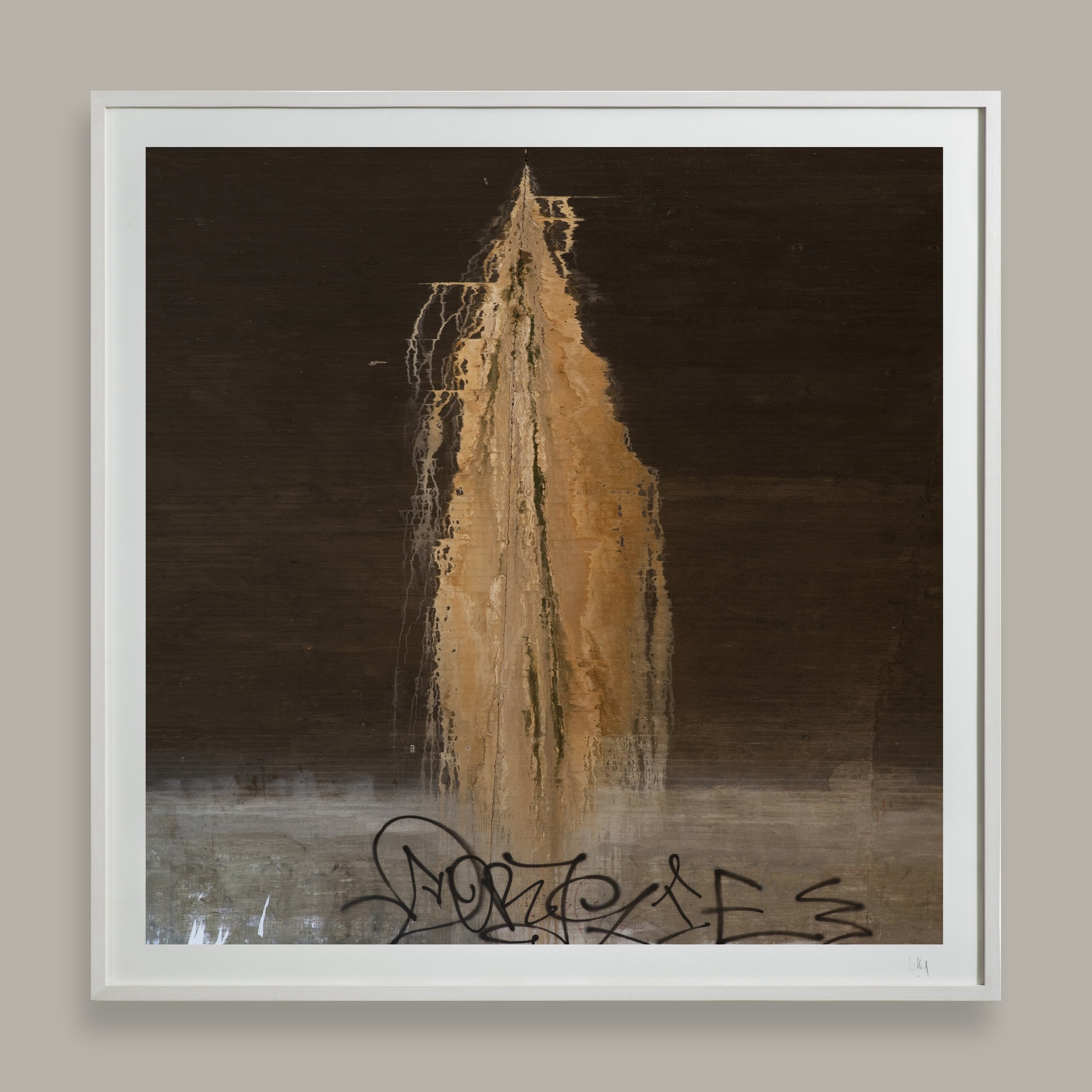

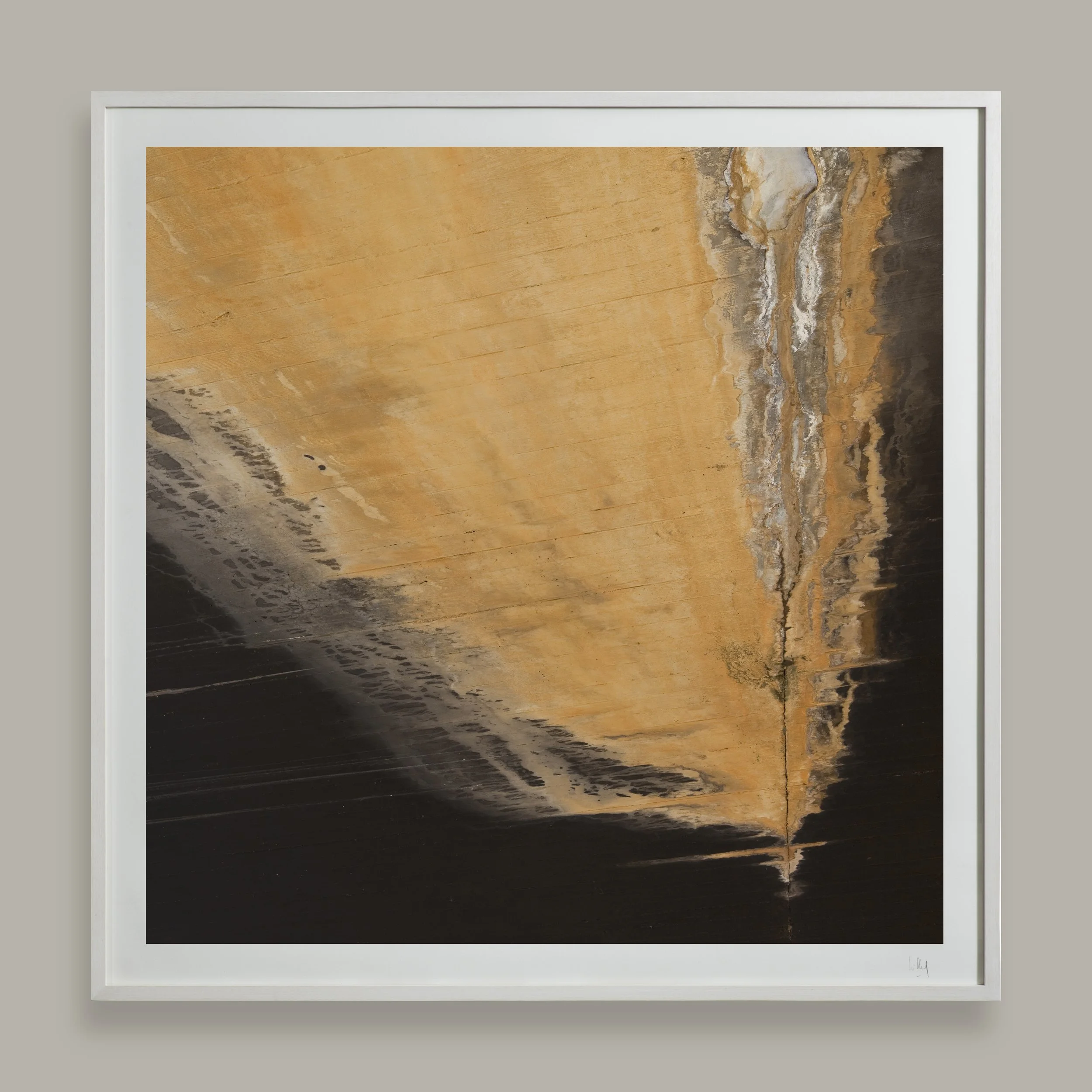
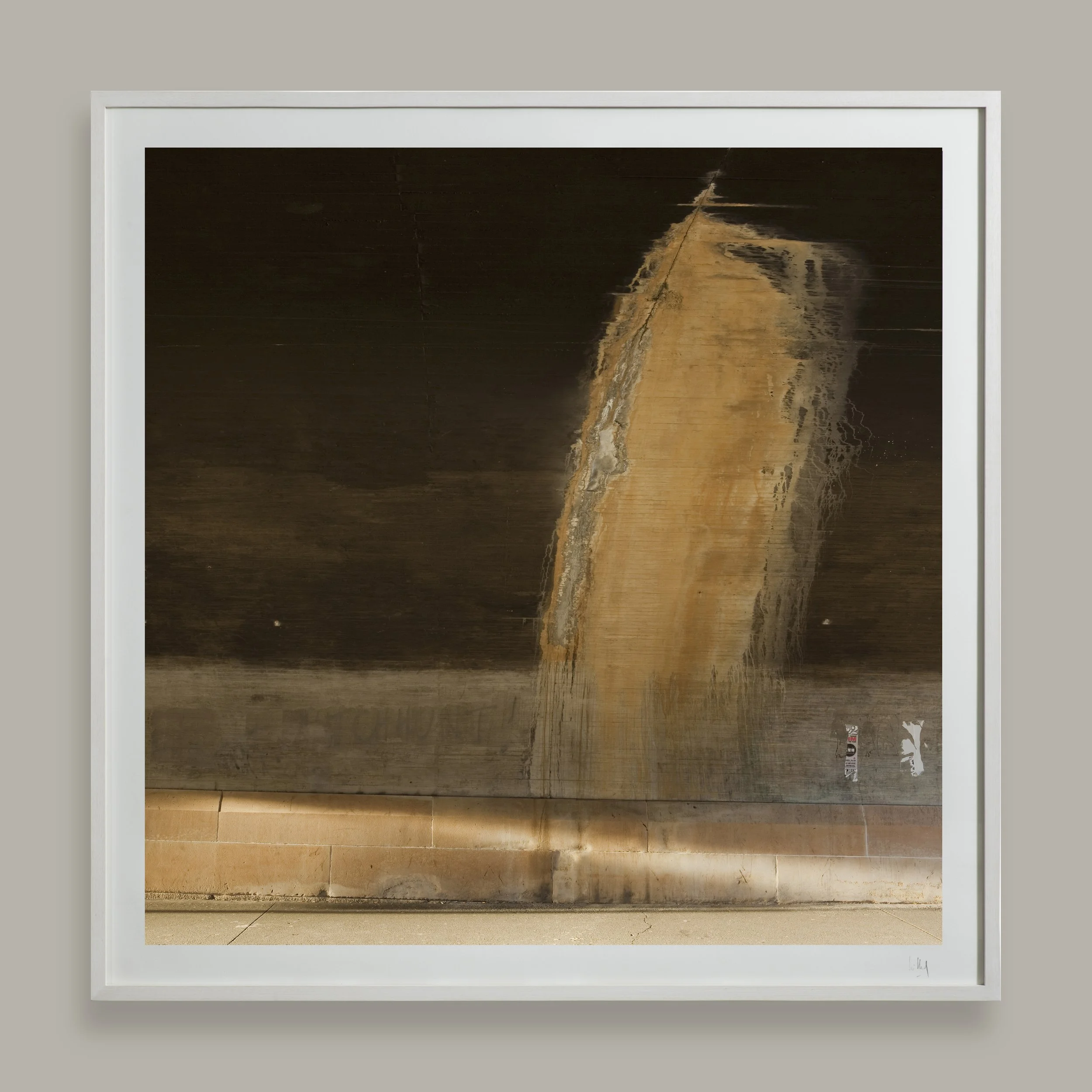



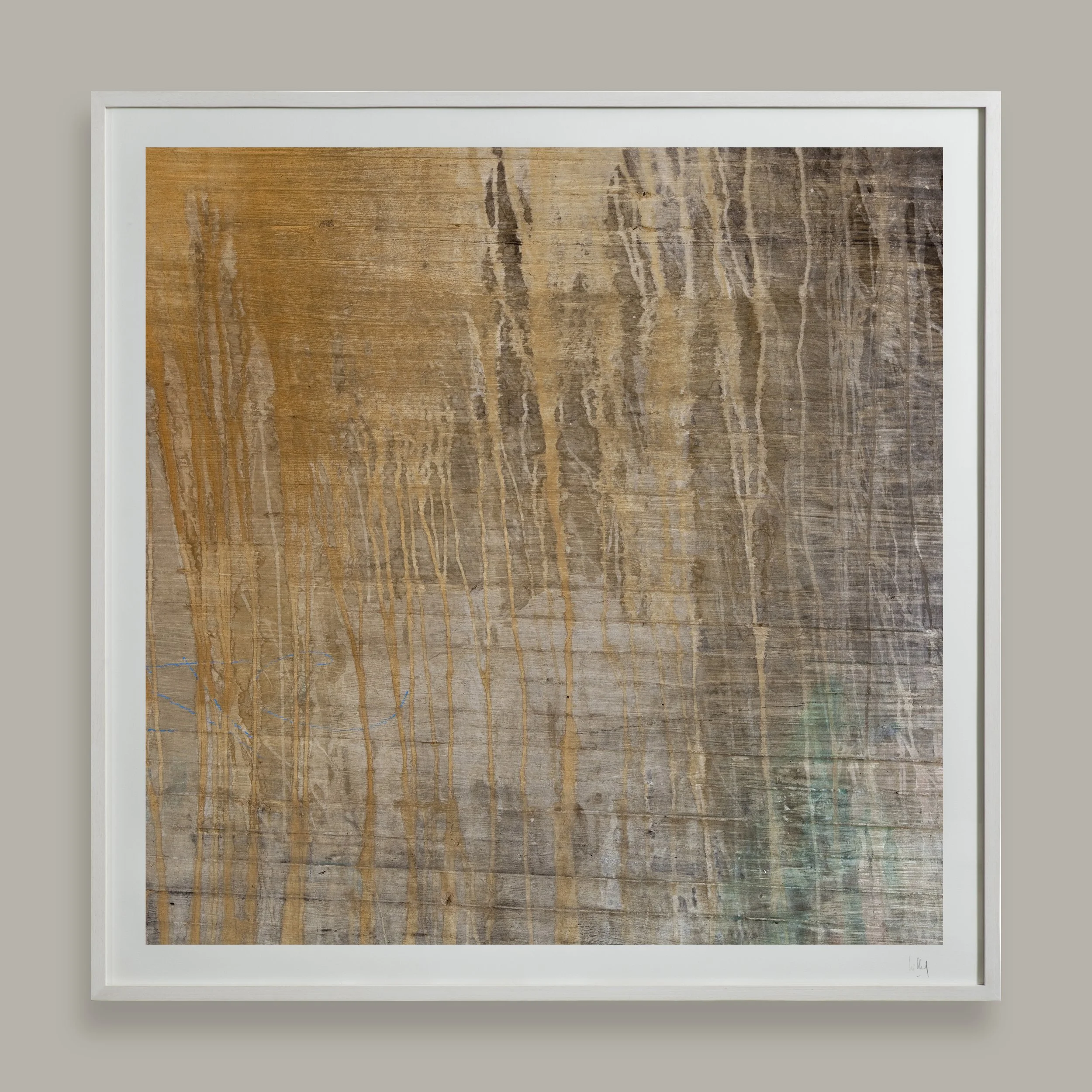
“Concrete” is a completed series that consists of large images (100X100 cm) printed on 112X112 cm cotton fine-art paper.
